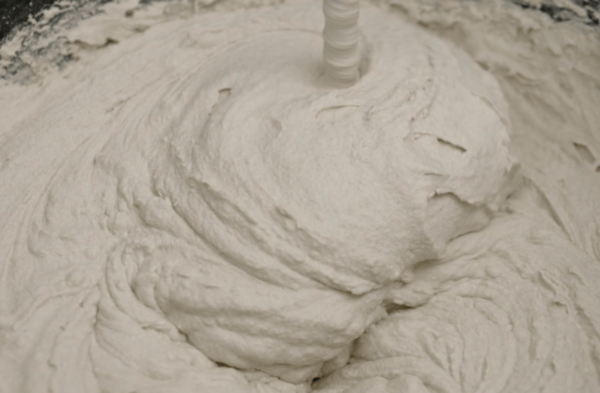Mixing Type 1 cement at a manufacturing plant requires precision, adherence to safety protocols, and a thorough understanding of the technical specifications inherent to this product.
For example, Type 1 Portland cement is a versatile and widely used variety known for its strength and durability in manufacturing applications. Knowing how to mix and use it correctly is vital to success in the field.
Our guide to mixing cement at the plant focuses on the technical and safety data necessary to achieve a workable result. When you purchase bulk Portland cement from SESCO Cement, you’re already gaining access to top-quality products, so knowing how to work with it properly ensures the best possible outcome.
Understanding Type 1 Cement
Portland cement generally comes in two varieties, both of which are available in bulk from SESCO: Gray Portland Type I/II and White Portland Type I.
Both types of Portland cement are hydraulic cements that are set and hardened by chemical reactions with water, which makes them easier to work with and ideal for various construction projects.
SESCO provides detailed technical data sheets outlining the chemical composition, physical properties, and performance characteristics of our gray and white Portland cement products. Using this information will help you work with this product more successfully.
Safety Precautions
Prioritize safety by ensuring all personnel involved in the mixing process are equipped with appropriate personal protective equipment (PPE), including gloves, goggles, and respiratory protection. Thinking ahead and preparing with PPE can improve efficiency and also negate any ill effects.
In its powdered form, cement can be hazardous to the respiratory system. It can also cause adverse reactions when introduced to the skin, eyes, or mouth, so proper caution is needed.
Check out our safety data sheets (SDS) and guidelines for handling, storage, and disposal of Type 1 cement to minimize health risks and environmental impact.
Equipment Preparation
Inspect and calibrate mixing equipment, ensuring it meets industry standards and manufacturer specifications. Good cleaning and upkeep of your machinery is crucial to creating the optimal mixture and will benefit you and your company in the long run.
Mixing Procedure
Depending on your job, there are varying mix designs and proportions for Type 1 cement. Each is based on specific project requirements and performance criteria. Ensure you’re using the correct ratios of cement, aggregates, water, and any supplementary materials to achieve the desired results according to your mix design.
Mixing Techniques
Utilize proper mixing techniques – such as batch mixing or continuous mixing – to achieve uniformity and consistency in the final concrete mix.
Monitor mixing parameters – including mixing time, speed, and temperature – to optimize the hydration process and ensure the desired high early strength and workability of the concrete.
Quality Control
Implement rigorous quality control measures throughout the mixing process, including regularly testing fresh and hardened concrete samples to verify compliance with ASTM or applicable industry standards. This effort will ensure that any errors are sorted out quickly and don’t ruin the entire supply.
Pro Tip: Keep detailed records of mix proportions, batch quantities, mixing conditions, and test results for traceability and quality assurance purposes.
Environmental Considerations
We recommend adhering to environmental guidelines for minimizing dust emissions, wastewater runoff, and other potential environmental impacts associated with the cement produced and handled at your plant.
SESCO is committed to lessening the environmental impact of cement manufacturing, and we hope to pass that commitment along to our customers. We recommend implementing best practices for sustainable concrete manufacturing to help optimize energy efficiency in plant operations.
Best Practice Yields Best Results
By following these guidelines and leveraging the technical and safety data we provide for our bulk Type 1 cement offerings, manufacturing plants can ensure the efficient and safe use of high-quality cement for their application.
Want to learn more about obtaining bulk Portland Type I cement from SESCO? Get in touch with our team today to discuss your ordering needs. We’ll ensure your team is equipped with the best products and information to mix cement at the plant.
